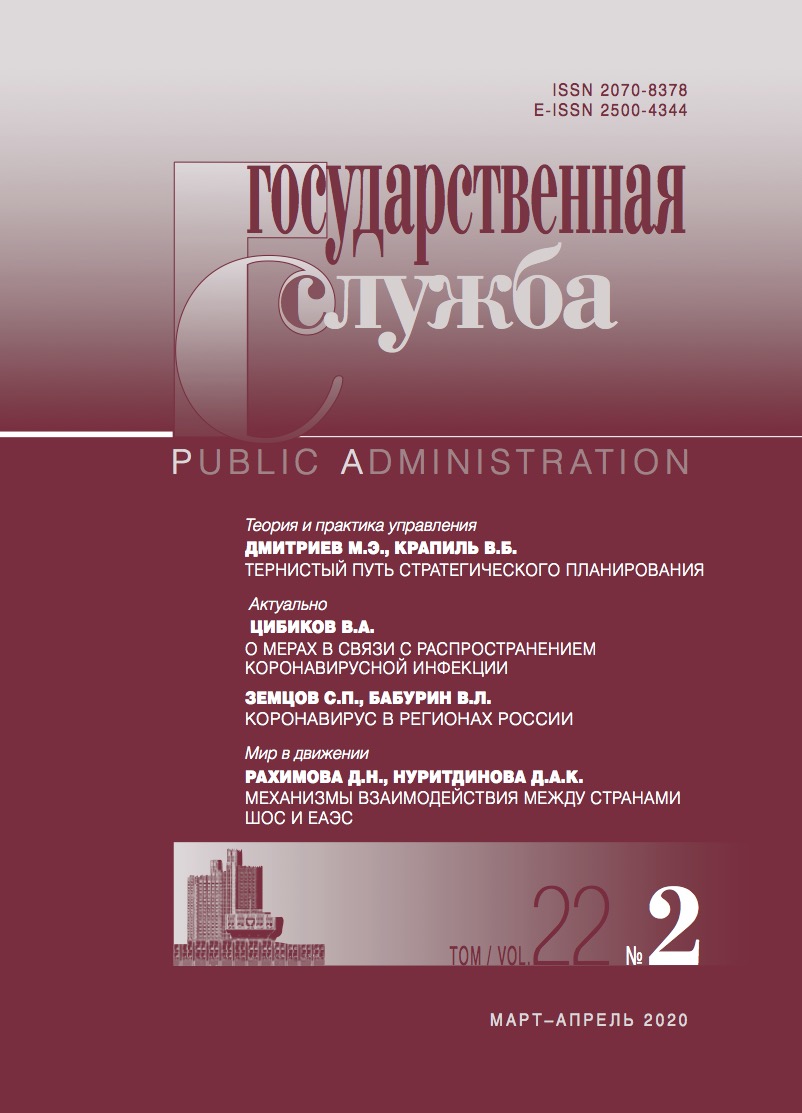Рекомендуемая ссылка на статью:
ИГОРЬ ВЛАДИСЛАВОВИЧ ПОНКИНа
аФакультет государственного и муниципального управления Института государственной службы и управления Российской академии народного хозяйства и государственной службы при Президенте Российской Федерации
АЛЕНА ИГОРЕВНА РЕДЬКИНАb
bМосковский государственный юридический университет им. О.Е. Кутафина (МГЮА)
DOI: 10.22394/2070-8378-2020-22-2-64-69
Аннотация:
Статья посвящена исследованию принципов применения BIM-технологий в праве. Авторы объясняют понятие и значение BIM-моделирования в целом, отмечая, что BIM-метод, изначально разработанный для информационно-функционального моделирования зданий (в сфере строительства), к настоящему времени уже активно задействуется (в существенно более сложных модальностях) в самых разных других сферах. Представлен авторский концепт, описывающий и объясняющий суть метода цифровой модели-двойника (BIM) и соответствующих приемов и технологий. Работа основана на использовании исследовательских методов анализа и синтеза, индукции и дедукции, классификации и моделирования, наблюдения. При помощи этих методов авторами были детально описаны дистинктивные характеристики и предикативно изложены особенности метода цифровых моделей-двойников (BIM) в правовой науке и практике, его цели и возможности его применения. Отмечается необходимость разработки универсальных платформ и создания универсальных прототипов, шаблонов, форматов, матриц и наборов инструментариев, в том числе концептов, методов и инструментариев обработки, архивирования, сохранения и хранения данных. Изложен авторский концепт возможностей, целей, способов и особенностей применения технологий цифровых моделей-двойников (BIM) в праве.
Ключевые слова:
государственное управление, технологии цифровых моделей-двойников в праве, BIM-технологии, цифровизация права, цифровая онтология права, цифровое государственное управление
Дата поступления статьи в редакцию:
2 декабря 2019 года
Литература:
Амосов Η.Μ. Моделирование сложных систем. Киев: Наукова думка, 1968. 88 c.
Барциц И.Н. Конституционный дизайн: образ государства и образ эпохи. М.: Дело, 2018. 58 с.
Гостев А.А. Психология вторичного образа. М.: Институт психологии РАН, 2007. 510 с.
Зиганшин А.М., Зиганшин М.Г. Smart BIM в отоплении и вентиляции. Казань: Изд-во Казанск. гос. архитект.-строит. ун-та, 2018. 255 c.
Лазуткина В.С., Климов А.А., Куприяновский В.П., Намиот Д.Е., Покусаев О.Н. Онтологии больших данных, машинного обучения и искусственного интеллекта на цифровой железной дороге. International Journal of Open Information Technologies. 2019. № 5. С. 75–88.
Мальцев Г.В.Социальные основания права. М.: Норма; ИНФРА-М, 2011. 799 с.
Талапов В.В. Основы BIM: введение в информационное моделирование зданий. М.: ДМК Пресс, 2011. 391 c.
Aish R. Building modelling: the key to integrated construction CAD. Proceedings of the CIB 5th International Symposium on the Use of Computers for Environmental Engineering related to Building, 7–9 July, 1986. Bath (UK), 1986. P. 55–67.
Eastman C. et al. An outline of the building description system. Research Report № 50, 1974 / Inst. of Physical Planning; Carnegie-Mellon Univ. Pittsburgh (PA, USA), 1974: https://eric.ed.gov /?id=ED113833
Milanović M. Strategic planning manual. Sarajevo: The United Nations Development Programme (UNDP) in Bosnia and Herzegovina, 2010. 52 p.
Ruffle S. Architectural design exposed: from computer-aided-drawing to computer-aided-design. Environment and Planning B: Urban Analytics and City Science. 1986. № 4. P. 385–389.
Valente C. Le BIM en France: https://bimbtp.com/decouvrir-le-bim/ le-bim-en-france
Wong A.K., Wong F.K.W., Nadeem A. Attributes of building information modeling implementations in various countries. Architectural Engineering and Design Management. 2010. № 4. P. 288–302.
Статьи в режиме Open Access публикуются в соответствии с лицензией Creative Commons Attribution 4.0 International (CC BY).

